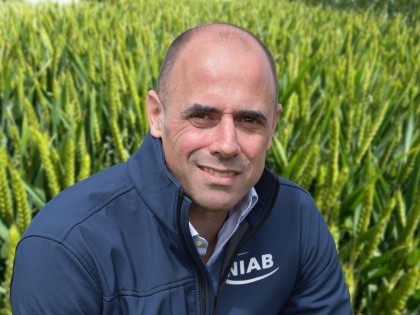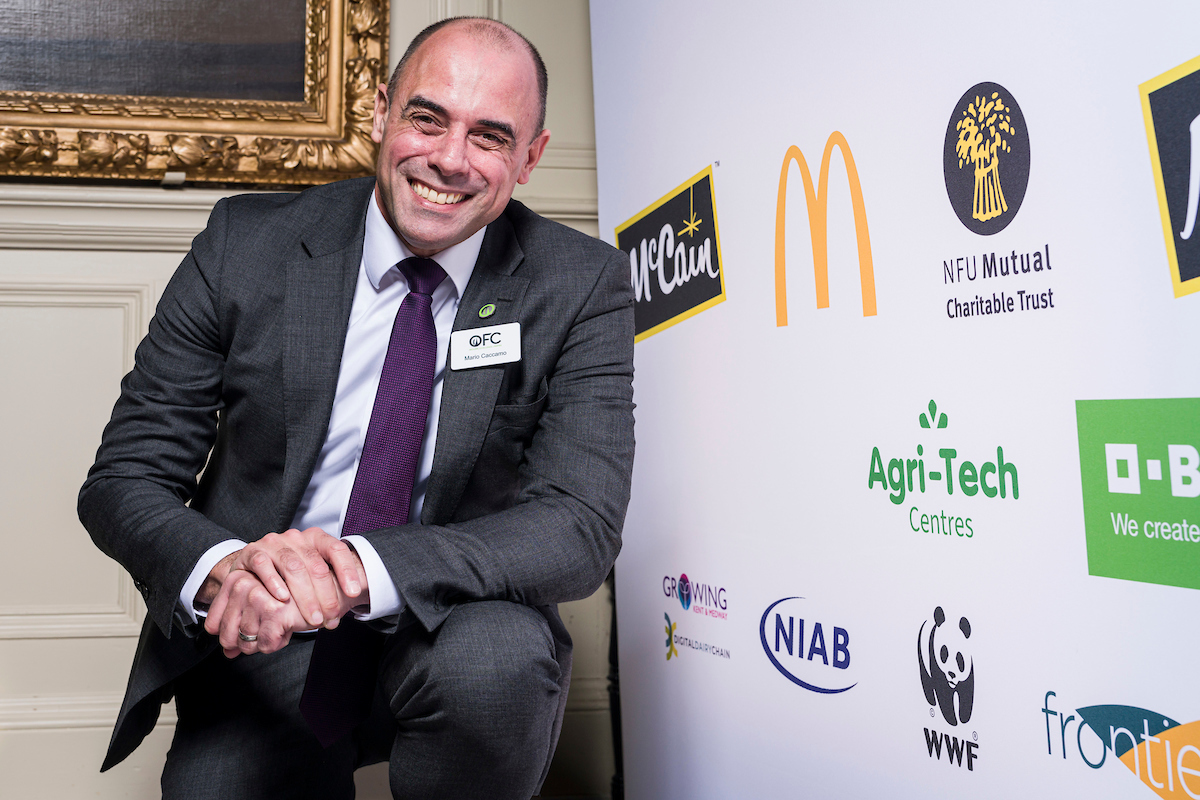
Niab CEO Professor Mario Caccamo discusses the importance of enabling the innovations that are available today...
In March 2023, almost two years ago, the Genetic Technology (Precision Breeding) Bill was granted royal assent, becoming an Act of Parliament. This important legislation provides the framework for a faster and more streamlined process to regulate the products of new precision breeding techniques, such as CRISPR gene editing.
As I wrote then: “this is the first time in decades of a new law in the UK that seeks to enable - rather than restrict - the use of advanced technologies for agriculture.” However, parliamentary approval of the secondary legislation needed to implement the Act’s provisions is still lacking.
As it stands, the Precision Breeding Act remains an empty shell that serves no functional purpose.
I therefore welcome the announcement by Secretary of State for Environment, Food and Rural Affairs Steve Reed MP who, in his speech at the 2025 Oxford Farming Conference this January, finally confirmed that the secondary legislation needed to implement the Precision Breeding Act will be introduced to Parliament by the end of March 2025.

Niab Chief Executive Mario Caccamo is a Director and Council Member of the Oxford Farming Conference
We know that investors and developers are queuing up to bring forward exciting precision-bred innovations which will support more sustainable and productive farming systems. They need reassurance that these statutory instruments are not only in place but also that they are proportionate and enabling.
Among other applications precision breeding can fast-track new crops to provide alternative sources of vitamin D, reduce the use of nitrogen fertilisers, and also deliver new, more durable sources of disease resistance in plants and animals. Introducing these innovations today, before the secondary legislation is in place, would still result in their classification as GMOs by regulators.
The Secretary of State’s commitment to domestic food production was reassuring. He said: “Farms need to be successful, profitable businesses. The prize is long-term food security, resilient farm businesses, healthy ecosystems, beautiful countryside, and nutritious food on our plates.”
Meeting these targets is within reach but, as Professor Ian Marshall from Queen’s University (Belfast) put it in his presentation to the Conference, we need to adapt and reposition agriculture in an agri-enabled bioeconomy. We will also need to build resilience to prepare for the challenges ahead.
In January, the UK Weed Resistance Action Group reported the first case of resistance to glyphosate in Italian ryegrass. This was identified by ADAS following rigorous investigation, involving re-sampling and re-testing.
Grass weeds significantly threaten production but, over many decades, a combination of measures such as soil cultivation and crop rotation has achieved effective management. The application of non-selective herbicides, like glyphosate, controlling weeds before planting complements this. Scientists have long recognised the threat of weeds developing glyphosate resistance, and multiple confirmed cases have occurred in annual ryegrass species, including Italian ryegrass, in other countries over the past 30 years.
That is why this first detection of confirmed resistance to glyphosate in Italian rye-grass in the UK is not unexpected and, in time, other cases are likely to emerge. This report does not change the strategies that UK farms currently use to ensure effective grass weed management, but it does stress the need to build resilience to address expected challenges and to be prepared for the unknown ones.
New genetics technology, the opportunity to modernise our farming systems and the effective use of the vast datasets that are available to us will all play a central role in the future of agriculture. It highlights the importance of enabling all the scientific solutions available to us, by implementing timely, proportionate regulation to incentivise the investment needed to develop them. This is a lesson we should have learned from our recent experience with the Covid pandemic!
In the Winter 2024/5 Landmark issue we report on the recent publication of the AHDB Cereals and Oilseeds Recommended Lists. With 41 new varieties of wheat, barley, oats and OSR the Lists offer something for all. Credit must, once again, go to our plant breeding industry, which has demonstrated its resilience after yet another difficult year for combinable crops.
In November last year Niab attended the inaugural meeting of the All-Party Parliamentary Group on Science and Technology in Agriculture, reconvened after the 2025 General Election. This Group is now chaired by former science minister George Freeman MP with the remit “to provide a forum for parliamentarians and stakeholders to debate and highlight the value of science and technology in agriculture.”
In my speech at this event, I highlighted the critical role that proportionate and enabling regulations play in driving the investment needed to support innovation and build R&D capabilities, combining public funds with industry contributions. I argued for prioritising enhanced access to innovative farming technologies to improve productivity, achieve environmental targets, draw inward investment, and ensure the practical application of plant science.
We need to enable the innovations available today to ensure we can continue to feed future generations sustainably!
This article originally appeared in the Winter 2024/25 edition of NIAB’s Landmark magazine. Landmark features in-depth technical articles on all aspects of NIAB crop research, comment and advice. You can sign up for free and get Landmark delivered to your door or inbox:
